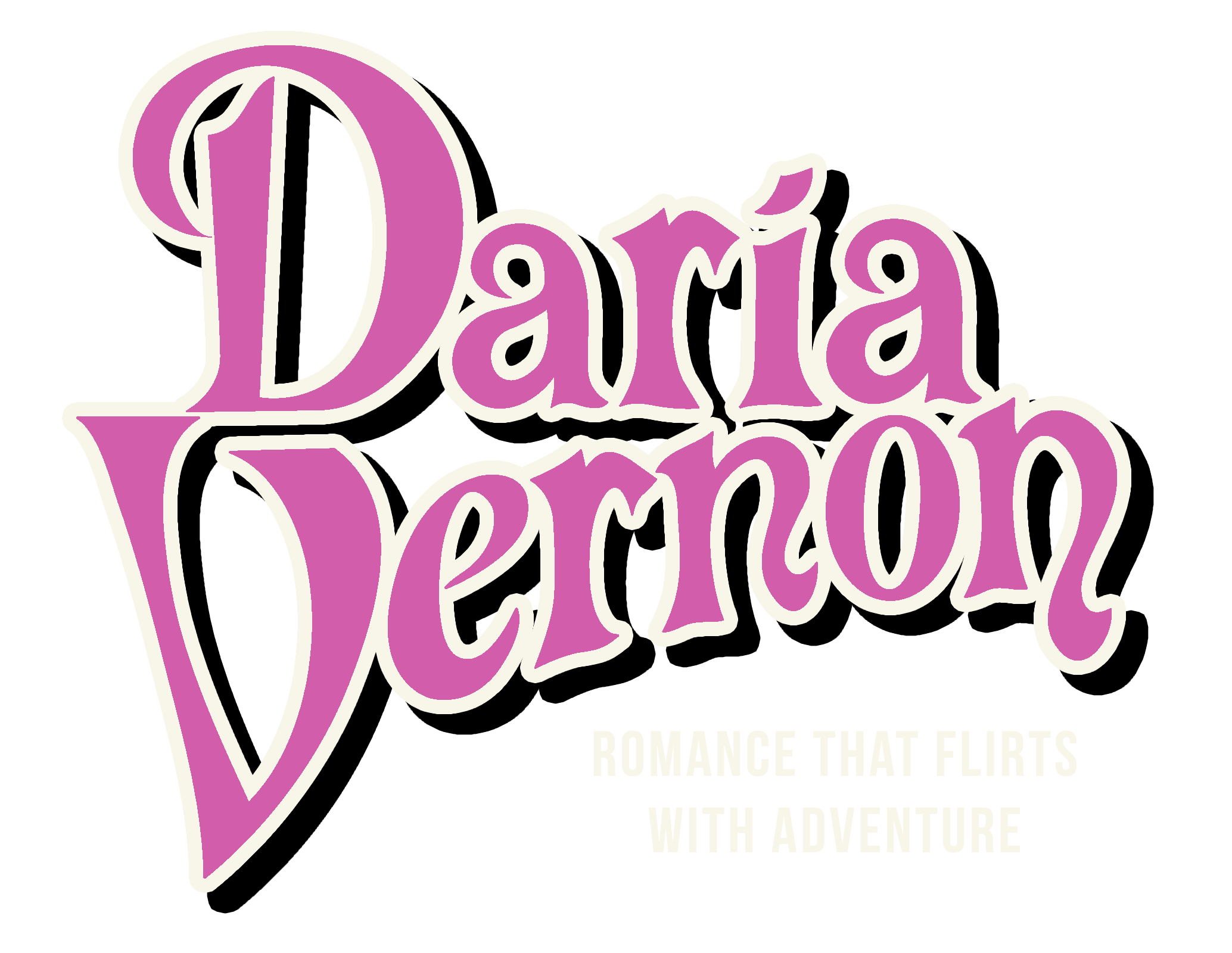Only a few books in, I’m still getting a handle on where I exist on the plotting<—–>pantsing spectrum. I’ve learned I fall somewhere in the middle, but it’s not without method, so allow me to explain what’s proven most natural and productive for me. Perhaps it will help someone else who finds themselves floating in that nebulous center.
First, I plot.
The opening chapters, the plot bunnies, the setups, the hooks… they funnel from my dreams right into my brain in that excitable author state that I think we all know so well. I have a hunch that the beginning, the honeymoon phase, is not where most of us get stuck. So that first sequence is easy for me, but, after that, I hit a roadblock.
Suddenly, there’s actual work to do. I have to make it to the end of the first act, defining my characters’ stakes and desires along the way. So I sit down and plot the rest of Act I.
I *always* plot Act I.
A lot of the appeal of the pantsing side of things is “listening to where your characters want to go.” I’m a deep lover of organization, but I’m also a romantic (does that need to be said for a romance author?), so the “listen to your characters” is a irresistibly poetic morsel. Therefore, at the start of Act II, I sit back and listen to where they want to take me.
But they still need discipline. So I listen, then I loosely sketch things up to the midpoint.
As I get into Act II, little details emerge that I didn’t see coming. It’s in these details that I learn more about the characters. Listening to them doesn’t always get me the plot information I need, but they’re *very* informative about where their arcs should go. As these details arise, I take notes about their likely evolution and about how their decisions are likely to affect the plot beyond the midpoint.
I’m mostly pantsing.
As I approach the midpoint, I start to get a sense of how long the story wants to be, and naturally, I’m also trying to exercise some control over this myself. It’s here that I start to collect my notes/ideas and see where this thing is likely to go. I know roughly how many chapters should be left and what sort of beat is going to take us into Act III. I know my ending and I’m making a roadmap to get there.
That roadmap is sparse. I’m plotting again, but really only with major beats. The bridges between those beats look rather pantsy until the end of Act II.
Entering Act III, I evaluate whether my ending is the most fitting one. It tends to be, and I keep the broad strokes, but all my Act II pantsing produced details that must be folded into the plan. I go back to plotting mode, to make sure these little things don’t get lost.
The easiest way to summarize this process is that I never plot the whole book all at the start. I do it loosely in thirds or quarters and listen to my characters after major beats, pantsing through each Act after a little chat with them.
And I *always* allow myself to veer from these loose Act outlines when something else feels more organic.
All of the above applies to produce my usually *very* messy first drafts. If we get into the editing version of me though? That’s when the Plotter-with-a-capital-P comes out. Stay tuned for that blog!
Photo by Tina Nord: https://www.pexels.com/photo/photography-of-small-blue-and-brown-bird-792416/



